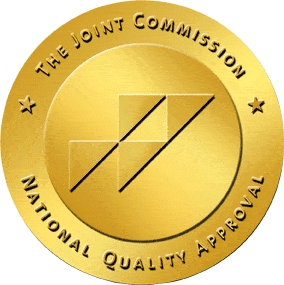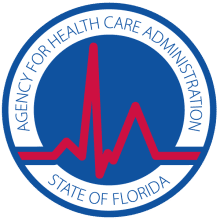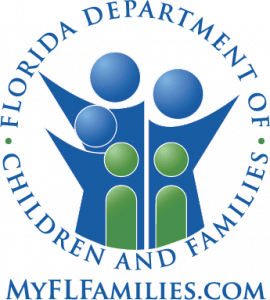In the United States, people 65 years and older make up 13 percent of the population, yet they account for more than one-third of total outpatient spending on prescription medications. This totals over $500 million per year.
Given the challenges and increased health complications that often accompany the aging process, this may seem unremarkable at first glance. But approximately 17 percent of the elderly population—nearly six million people—is suffering from substance abuse, including alcohol and prescription drugs. This number is expected to double by the year 2020.
Based on statistics such as these, it is not an exaggeration to say that alcohol and substance abuse among the elderly is a hidden national epidemic.
Difficulties with Detection
Numerous issues contribute to the hiddenness of this increasing problem, including ageism and stereotyping.
It is a common misperception that addiction is a disease affecting only the young. This myth causes many to unintentionally overlook signs of substance abuse, wrongly assuming that it couldn’t be the case that an elderly person has a genuine addiction. Symptoms of drug abuse, such as forgetfulness or irritability, may also be dismissed as the person “just getting old,” rather than indicating an underlying addiction.
Even among professionally trained healthcare workers, the detection rate among seniors is significantly lower than among other age groups. According to one study, more than 41 percent of hospital inpatients aged 65 years and over were found to exceed the recommended safe limits for benzodiazepines and alcohol. Yet medical staff diagnosed only 25 percent as problem users and considered only 10 percent for referral to drug and alcohol services.
Signs and Symptoms
The problem of elderly substance abuse may be difficult to detect, but consideration should be given to a possible drug or alcohol addiction if the following signs or symptoms are noted:
Memory trouble after having a drink or taking a medication
Frequent falls, injuries or unexplained bruises
Changes in sleeping habits
Irritability, sadness, depression
Unexplained chronic pain
Loss of appetite or changes in eating habits
Secretive behavior or wanting to stay alone much of the time
Failing to bathe or keep clean
Having trouble concentrating, memory problems or blackouts
Lack of interest in usual activities
Neglect of personal grooming and hygiene
Increasing financial problems even though there has been no change to income
Evidence of withdrawal symptoms such as early-morning shakes
Specific Concerns for the Elderly
Alcohol and drug abuse among the elderly is not only more prevalent than typically acknowledged, but it is complicated by several specific factors and unique concerns:
With age, the liver and kidneys become less efficient at filtering medications out of the body. Because there can be up to a 50 percent decrease in the rate of metabolism of some medications, especially benzodiazepines, an older person may become addicted, or suffer serious side effects, at lower doses than a younger person.
Because alcohol has a higher absorption rate in the elderly, it produces higher blood alcohol levels and greater degrees of intoxication than the same amount of alcohol would cause in younger drinkers.
Alcohol abuse in this generation is complicated by the use of prescription and over-the-counter medications. Combining medications and alcohol frequently results in increased negative reactions.
Certain drugs with long half-lives in the elderly (such as chlordiazepoxide and diazepam) result in prolonged sedation, which if combined with the sedative effects of alcohol, increases the risk of falls and fractures.
Benzodiazepines, one of the most commonly abused drugs among the elderly, may cause the user to become confused and take extra doses or other contraindicated medications, resulting in overdose or death.
How to Help
In order to identify possible substance abuse and to provide the treatment necessary to ensure a safe recovery, it is especially important for family members and healthcare workers to be actively involved and to remain vigilant. Here are some practical ways to help combat substance abuse among the aging:
Education is paramount. Healthcare providers, family and pharmacies must advance their understanding of the unique risks facing the elderly and learn how to better identify the signs and symptoms of substance abuse.
Families should pay special attention to an elderly member’s daily life, which is helpful for identifying medical and social problems.
Develop a medication inventory for an elderly person. This list should include all prescribed and OTC medications. The list can be used to help identify drug interactions or uncover excessive or unnecessary medications.
Help the elderly person increase their activity level and social interactions. Senior groups and volunteer work are good ways to increase companionship and self-esteem.
If severe symptoms are detected, clinical treatment should be considered, as well as pharmacological interventions.
Twelve-Step, self-help and support group participation should be considered and strongly encouraged.



